Gyeongbokgung Palace Jagyeongjeon Tea Ceremony (경복궁 자경전 다례체험행사)
2.0 Km 12065 2020-03-12
161, Sajik-ro, Jongno-gu, Seoul
• 1330 Travel Hotline: +82-2-1330 (Korean, English, Japanese, Chinese) • For more info: +82-2-3210-4683
This traditional tea ceremony experience takes place at Jagyeongjeon Hall in Gyeongbokgung Palace every Saturday and Sunday. Participation is by reservation on a first come, first serve basis.
The ceremony includes a tea culture demonstration and experience, making honey cakes, traditional etiquette introduction, and lectures related to tea culture. To participate in the tea ceremony, download the application form from the Korea Cultural Heritage Foundation website and submit the form through email.
Manjok Ohyang Jokbal Dongdaemun (만족오향족발 동대문)
2.0 Km 83 2024-03-12
1-3FL, 9-4, Eulji-ro, 43-gil, Jung-gu, Seoul
+82-2-2271-0880
Situated between Dongdaemun and Dongdaemun Design Plaza (DDP), Manjok Ohyang Jokbal's Dongdaemun branch focuses on jokbal (braised pig's feet). In addition to their signature dish, jokbal (braised pigs' feet), they also serve a wide array of dishes including bossam (kimchi cabbage wraps with pork), jaengban guksu (jumbo sized buckwheat noodles), and mandu. As any dish ordered comes with mandu and sliced rice cake soup by default, it offers a satisfying ensemble.
Palace Royal Guard Changing Ceremony (수문장 교대의식)
2.0 Km 256694 2024-05-17
161, Sajik-ro, Jongno-gu, Seoul
• 1330 Travel Hotline: +82-2-1330 (Korean, English, Japanese, Chinese) • For more info: +82-2-3210-1645
In the Joseon dynasty, the royal guards of the palace were gatekeepers who were responsible for guarding the the main gates of Gyeongbokgung Palace as well as the main gates of the city such as Heunginjimun Gate and Sungnyemun Gate. The royal guards worked in shift duties and were in charge of opening and closing Gwanghwamun Gate. Before the royal guard system was enforced in 1469, the palace gates were protected by soldiers of the central army. The Palace Royal Guard Changing Ceremony held at Gyeongbokgung Palace and the Gwanghwamun area reenacts the guard-changing procedure that took place during the Joseon dynasty, along with the reproduction of costumes and weapons, based on historical records.
DAHMSOJUNG[Korea Quality] / 담소정[한국관광 품질인증/Korea Quality]
2.0 Km 21939 2024-06-26
16-2, Bukchon-ro 9-gil, Jongno-gu, Seoul
010-3749-9550
Dahmsojung, meaning ‘a house full of laughs’, is a hanok guesthouse that provides sincere services and comfortable relaxation. Located in the middle of Seoul’s city center, this hanok hotel-class guesthouse was built using traditional hanok construction materials including the 200-years-old Korean land pine from Gyeongju, and clay for rooms. The owner originally bought the land to build the residential area for the family, but wishing to promote the charms of the hanok building to foreigners, it was opened as a guesthouse in October 2012. This hanok guesthouse with modern elements is decorated with refined interior items. It provides a special breakfast that consists of steamed rice wrapped in a lotus leaf and tasty side dishes without any artificial seasonings. All the vegetables used for the meals are organic and cultivated by the owner. It also uses refined objects including high quality tableware, bedding (cotton bedclothes with colored stripes), authentic ceramics, lacquered painting by an artisan, and artistic living items. It carries out a cleaning and disinfection process every day as well. In particular, Hinoki cypress with a subtle scent was used for the bathroom. The home bar was installed especially for foreign guests who find it difficult to sit on the floor in the kitchen. These detailed consideration and decorations have attracted many guests including foreign diplomats, VIPs, and so on.
It also operates a hands-on programs including ‘calligraphy’ and ‘making a fan’ that are held on the main floored room and are popular among foreign guests. Dahmsojung offers guests sophisticated services and comfortable facilities with a clean and traditional atmosphere that attracts many domestic and foreign guests.
Fibreno - Jongno Branch [Tax Refund Shop] (피브레노 종로)
2.0 Km 0 2024-04-18
1F, 78, Changdeokgung-gil, Jongno-gu, Seoul
-
The Shilla Seoul (신라호텔(서울))
2.0 Km 50858 2021-05-31
249, Dongho-ro, Jung-gu, Seoul
+82-2-2230-3311
The Shilla Seoul is a luxury hotel with an outdoor sculpture garden and Guerlain Spa. Other facilities include a fitness center, sauna, swimming pool, business center, restaurants, and more. The hotel also offers guests a free shuttle bus to Myeongdong and Dongdaemun shopping centers.
Season's Table Dongdaemun LOTTE FITIN(계절밥상 동대문롯데피트인)
2.0 Km 131 2020-10-29
7F, LOTTE, FITIN, 264, Eulji-ro, Jung-gu, Seoul
+82-2-6262-4715
This is a buffet located in Dongdaemun Gate, Seoul. The representative menu is Korean dishes. A buffet restaurant serving Korean dishes.
Olive Mart [Tax Refund Shop] (주식회사 올리브마트)
2.0 Km 0 2024-04-16
1F, 229-3, Jangchungdan-ro, Jung-gu, Seoul
-
Gahoe Museum (가회민화박물관)
2.0 Km 27464 2022-08-30
52, Bukchon-ro, Jongno-gu, Seoul
+82-2-741-0466
Opened in 2002, Gahoe Museum exhibits folk paintings and amulets reflecting the lifestyle and wishes of the Korean people from ancient times. Inside the Hanok gallery, visitors can immerse themselves in the traditions of Korea, including old paintings depicting people's lifestyle in the past and religious beliefs, and roof tiles in the shape of humans or goblins. Visitors will also find folding screens and religious objects used in the past that show skills and knowledge of Korean ancestors.
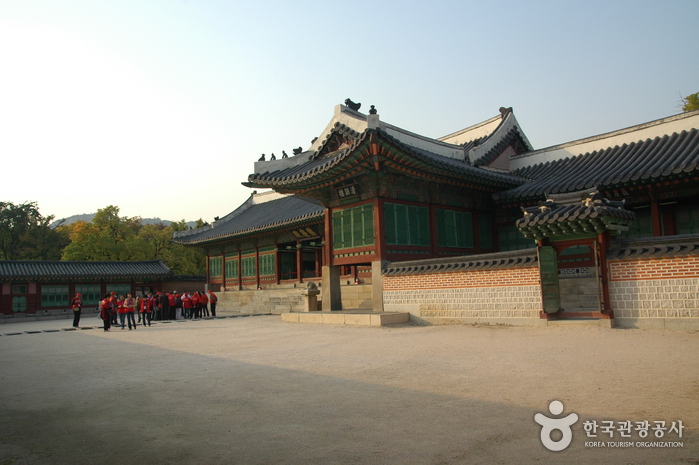

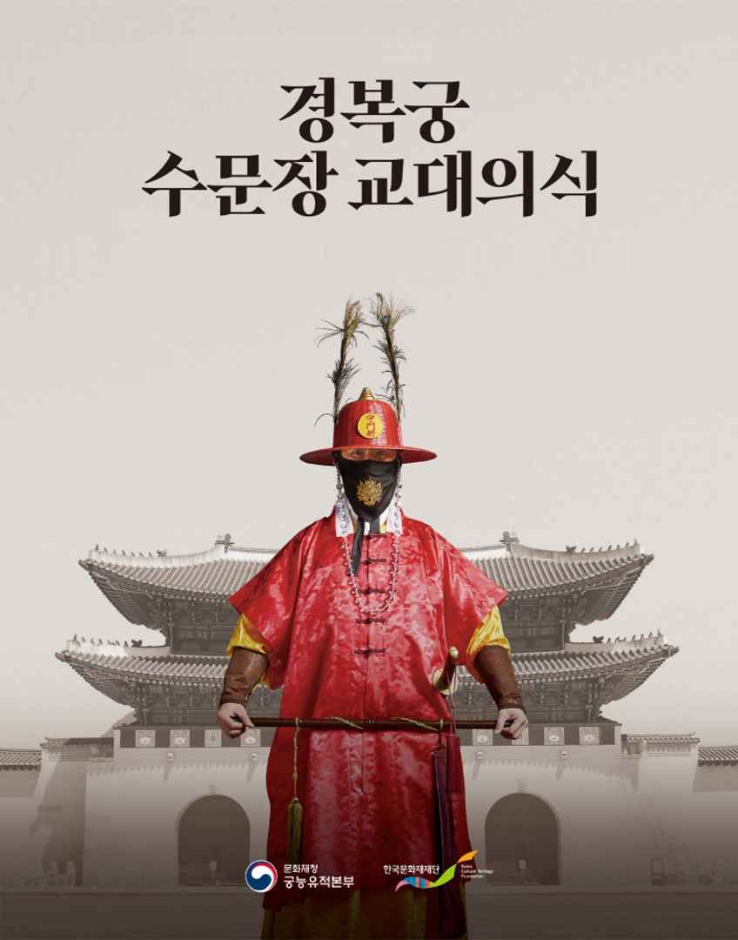
![DAHMSOJUNG[Korea Quality] / 담소정[한국관광 품질인증/Korea Quality]](http://tong.visitkorea.or.kr/cms/resource/92/2477092_image2_1.png)
![Fibreno - Jongno Branch [Tax Refund Shop] (피브레노 종로)](http://tong.visitkorea.or.kr/cms/resource/11/2888611_image2_1.jpg)
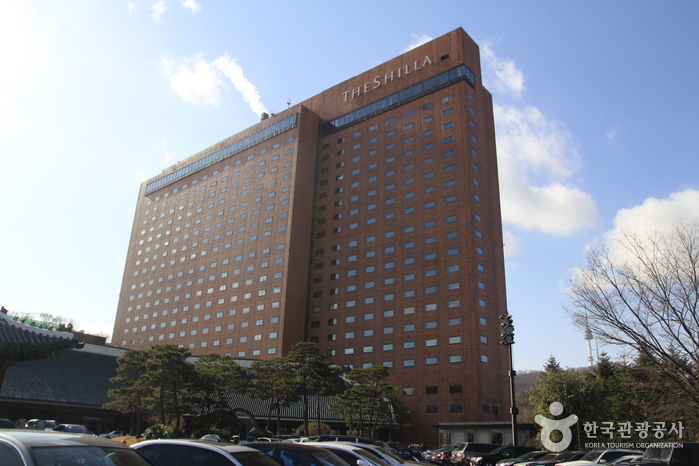
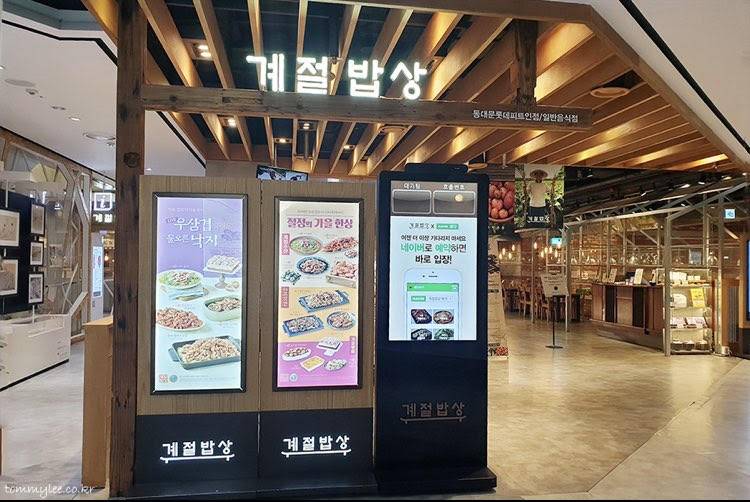
![Olive Mart [Tax Refund Shop] (올리브마트)](http://tong.visitkorea.or.kr/cms/resource/76/2878676_image2_1.jpg)
![Olive Mart [Tax Refund Shop] (주식회사 올리브마트)](http://tong.visitkorea.or.kr/cms/resource/77/2878677_image2_1.jpg)
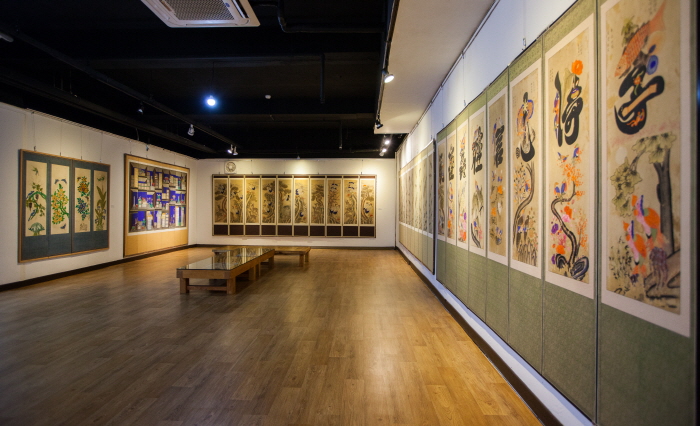
 English
English
 한국어
한국어 日本語
日本語 中文(简体)
中文(简体) Deutsch
Deutsch Français
Français Español
Español Русский
Русский